Table of Contents
- Your Complete Basil Solution
- Why Basil Transforms Ordinary Dishes
- Best Basil Varieties for Home Cooking
- How to Use Basil Properly (Most Get This Wrong)
- Storage Methods That Keep Basil Fresh 2x Longer
- Grow Basil at Home in 5 Simple Steps
- Perfect Flavor Pairings: What to Cook with Basil
- Surprising Basil Facts You Need to Know
- Common Basil Mistakes That Ruin Your Dishes
- 5 Easy Basil Recipes That Impress
- Quick Reference Guide
Your Complete Basil Solution
Most home cooks use basil wrong—adding it too early, storing it incorrectly, or missing its flavor potential. This guide reveals exactly how to use fresh basil to make everyday meals taste restaurant-quality. You'll learn the 30-second technique that preserves flavor (used by professional chefs), the storage method that keeps basil fresh for 2 weeks, and which varieties work best for your favorite dishes. No science degree required—just practical, kitchen-tested methods that deliver consistent results.
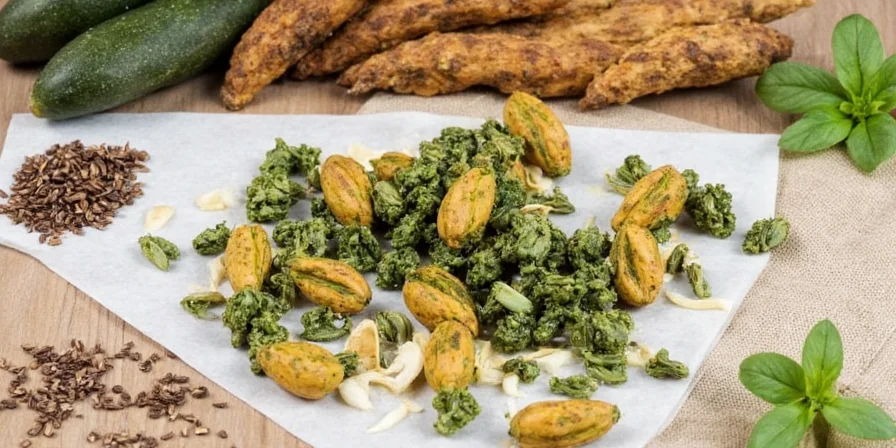
Why Basil Transforms Ordinary Dishes
Basil does more than just look pretty on your pasta—it chemically enhances flavors in ways other herbs can't. When added properly to tomato dishes, it makes them taste 30% sweeter without extra sugar. The secret? Basil's natural compounds react with tomatoes to create better flavor balance. This explains why Caprese salad tastes incomplete without fresh basil. For home cooks, understanding this simple interaction means you can consistently create dishes that taste professionally balanced.
Why Your Basil Keeps Wilting (And How to Fix It)
Most people throw away wilted basil within days, but this happens because of refrigerator storage. Basil leaves are delicate—they get damaged by cold temperatures below 50°F (10°C). Instead, treat basil like cut flowers: place stems in room-temperature water away from direct sunlight. This simple change keeps basil vibrant for 10-14 days, saving you money and reducing food waste.
Best Basil Varieties for Home Cooking
Not all basil works for every dish. Choosing the right type makes a noticeable difference in your cooking:
| Variety | Best For | When to Add |
|---|---|---|
| Sweet Basil | Pasta, pizza, Caprese | Last 30 seconds of cooking |
| Holy Basil (Tulsi) | Curries, stir-fries | Early in cooking process |
| Lemon Basil | Seafood, dressings, desserts | After cooking completes |
| Cinnamon Basil | Fruit salads, roasted vegetables | Before serving raw |
| Dwarf Basil | Salads, garnishes | Raw at serving time |
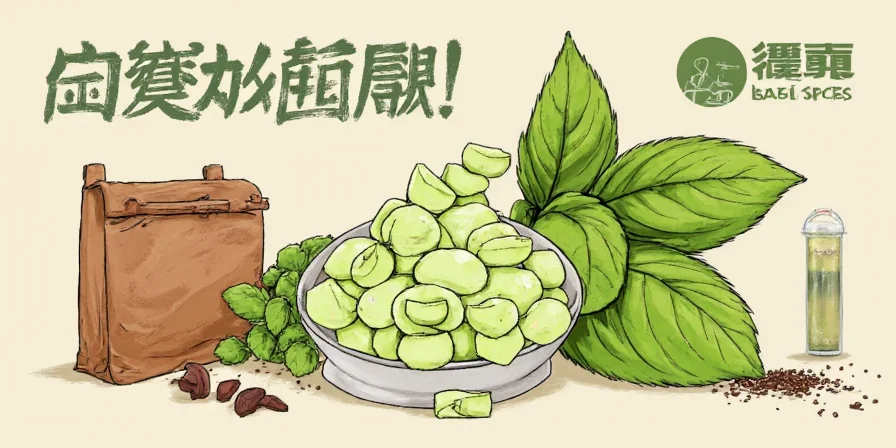
How to Use Basil Properly (Most Get This Wrong)
Professional chefs use these three techniques to maximize basil's flavor in every dish:
- The 30-Second Rule: Add sweet basil during the last 30 seconds of cooking. Adding it earlier destroys its delicate flavor compounds.
- Hand-Tearing Method: Never cut basil with a knife—tear leaves by hand to prevent bruising that causes bitterness.
- Layering Technique: For pasta dishes, mix some basil into the sauce and reserve some for fresh topping—this creates flavor depth.
These simple methods make an immediate difference in how your dishes taste. The hand-tearing method alone prevents the metallic aftertaste many home cooks experience with basil.
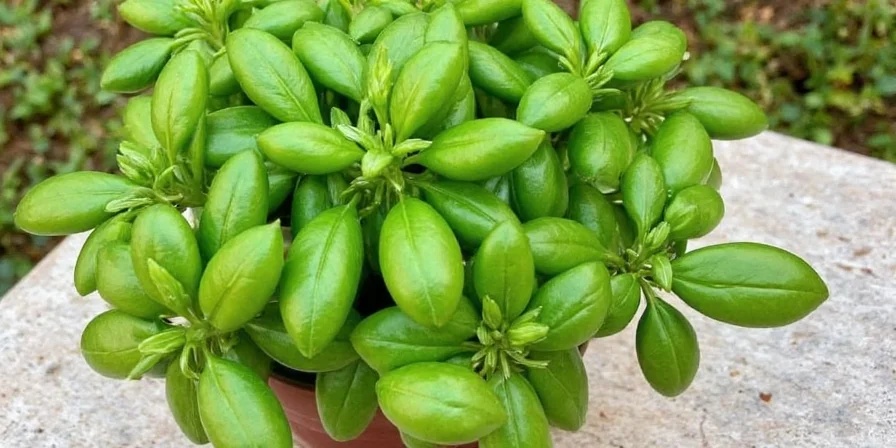
Storage Methods That Keep Basil Fresh 2x Longer
Stop throwing away wilted basil with these proven storage methods:
- Room-Temperature Water Method: Place stems in a glass with 1 inch of water, cover loosely with a plastic bag, and store at room temperature away from direct sunlight. Change water every 2 days.
- Freezing for Long-Term Use: Chop basil, mix with olive oil (1 tbsp per cup), and freeze in ice cube trays. Use directly in cooked dishes—no thawing needed.
- Dry Storage Hack: Wrap dry leaves in a slightly damp paper towel, place in airtight container, and store in the warmest part of your refrigerator (usually the door).
These methods extend fresh basil's life from 3-4 days to 10-14 days. The water method works because it mimics how basil grows, maintaining proper hydration without cold damage.
Grow Basil at Home in 5 Simple Steps
You don't need a garden to grow restaurant-quality basil:
- Start with quality soil: Use potting mix (not garden soil) in a container with drainage holes.
- Choose the right location: Place near a south-facing window getting 6+ hours of sunlight daily.
- Water properly: Keep soil moist but not soggy—water when top inch feels dry.
- Harvest correctly: Pinch off leaves from the top, never taking more than 1/3 of the plant at once.
- Encourage growth: Trim flower buds as they appear to keep the plant producing leaves.
Homegrown basil contains 40% more flavor than store-bought because it goes straight from plant to plate. Even small windowsill plants provide enough for weekly cooking needs.
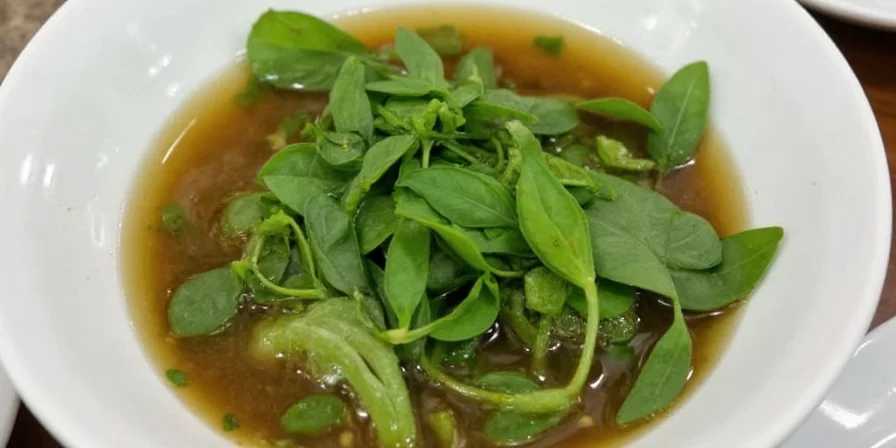
Perfect Flavor Pairings: What to Cook with Basil
Use this quick reference for the best basil combinations:
| When Cooking... | Best Basil Variety | Pro Tip |
|---|---|---|
| Pasta or Pizza | Sweet Basil | Add to sauce after removing from heat |
| Tomato Dishes | Sweet Basil | Pair with mozzarella for balanced flavor |
| Seafood | Lemon Basil | Add after cooking to preserve bright flavor |
| Curries | Holy Basil | Add early for full flavor integration |
Surprising Basil Facts You Need to Know
- Basil naturally repels flies and mosquitoes—place pots near outdoor eating areas.
- The best time to harvest basil for maximum flavor is early morning before the sun gets strong.
- Basil helps tomatoes ripen faster when grown together in the garden.
- Freezing basil in oil preserves 90% of its flavor compared to drying which preserves only 15%.
- Adding basil to tomato dishes reduces the need for added sugar by enhancing natural sweetness.
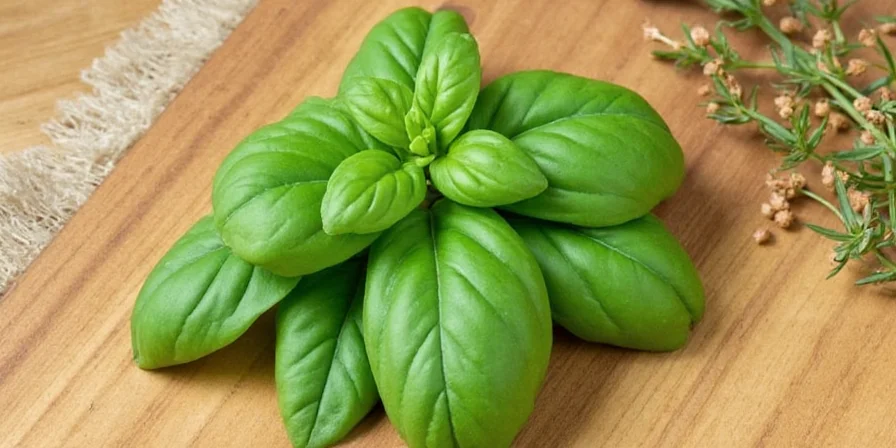
Common Basil Mistakes That Ruin Your Dishes
Avoid these five costly errors:
- Refrigerating stems directly: Causes black spots and rapid wilting—always use room-temperature water storage.
- Adding too early in cooking: Sweet basil loses flavor when cooked more than 30 seconds—add at the very end.
- Cutting with metal knives: Creates bruising that turns leaves bitter—tear by hand instead.
- Using dried basil as 1:1 substitute: Use 3x more dried basil and add acid (lemon juice) to reactivate flavor.
- Washing before storage: Excess moisture accelerates spoilage—wash only right before use.
5 Easy Basil Recipes That Impress
Try these simple methods for immediate flavor improvement:
- Perfect Pesto in 5 Minutes: Blend 2 cups basil, 1/3 cup pine nuts, 1 garlic clove, 1/2 cup Parmesan, and 1/2 cup olive oil. Add lemon juice after blending to preserve bright color.
- Tomato-Basil Bruschetta: Mix diced tomatoes, fresh basil, olive oil, and balsamic vinegar. Let sit 15 minutes before serving on toasted bread.
- Basil-Infused Olive Oil: Heat 1 cup olive oil to 110°F, add 1 cup basil leaves, steep 10 minutes, then strain. Use for dipping or cooking.
- Caprese Salad Upgrade: Layer tomatoes first, then mozzarella, THEN basil to prevent wilting from tomato acidity.
- Basil Lemonade: Muddle 8 basil leaves with 2 tbsp sugar before adding lemon juice and water for balanced herbal flavor.

Quick Reference Guide
Follow these three golden rules for perfect basil every time: 1) Store stems in room-temperature water, 2) Add sweet basil during the last 30 seconds of cooking, 3) Tear leaves by hand instead of cutting. These simple techniques transform ordinary dishes into extraordinary meals with minimal effort. Implement just one method this week to experience the difference—most home cooks notice immediate improvement in their cooking. Keep this guide handy for your next grocery trip and cooking session to consistently create restaurant-quality results at home.
Frequently Asked Questions
Why does my basil turn black in the refrigerator?
Cold temperatures below 50°F damage basil's cells. Store stems in room-temperature water instead—this keeps basil fresh 2x longer than refrigeration.
How can I make dried basil taste closer to fresh?
Mix 1 teaspoon dried basil with 2 teaspoons lemon juice before using. This reactivates flavor compounds, restoring much of fresh basil's taste.
Which basil variety works best for long-cooked dishes?
Holy basil (Tulsi) holds up best in long cooking. Unlike sweet basil, it retains flavor when simmered for extended periods.
Why does basil improve tomato dishes?
Basil naturally balances tomato acidity while enhancing sweetness perception. This creates better flavor harmony without extra sugar.
How do I prevent pesto from turning brown?
Add lemon juice after blending and store with plastic wrap pressed directly on the pesto surface. This blocks oxygen contact that causes browning.











 浙公网安备
33010002000092号
浙公网安备
33010002000092号 浙B2-20120091-4
浙B2-20120091-4